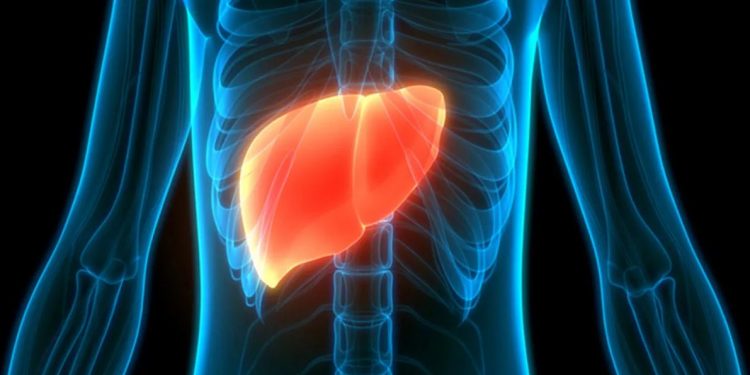What causes fatty liver? Sedentary lifestyle and poor eating habits can cause many health problems, especially obesity. In order to protect our health, we must be able to identify the source of these problems and take the necessary health measures immediately.
Liver fat is also one of the most important health problems of our time.
What is fatty liver?
The liver is the center of the construction and destruction events that occur in our metabolism. Therefore, all the foods and substances that we take into our body are given to the blood or excreted from the body according to the way it is used in the body in order to provide movement and energy.
As a result of excessive consumption of foods that will trigger fat production or the intake of large amounts of chemicals into the body, fat production increases significantly. Especially with the formation of fat growth in the body around liver cells, liver tissue is completely surrounded by adipose tissue.
As a result of all this, fatty liver occurs, which causes a glitch in various functions of the liver.
What are the symptoms of fatty liver?
Fatty liver is usually diagnosed by chance during routine blood tests or checks. Symptoms of liver fat include:
- Decreased appetite
- Fatigue and fatigue
- Bruises on the body
- Prolonged nose or menstrual bleeding
- Itching, rash or common acne on the skin
- Jaundice in the eyes or skin
- Growth in breast tissue in men
- Stomachache
- Swelling in the feet or abdomen
What causes fatty liver?
Fatty liver is divided into (non-alcoholic) lubrication, which is mainly due to alcoholic and non-alcoholic causes. In the individual who has alcoholic fatty liver, damage occurs in the liver after alcohol intake over time, thereby triggering fat production. Treatment is possible with the cessation of alcohol consumption.
In fat liver due to non-alcoholic causes, basically:
- Obesity
- High blood sugar and diabetes,
- High blood cholesterol,
- Viral liver infections,
- Liver fat associated with pregnancy,
- Non-alcoholic fatty liver disease (NASH),
- Some rheumatological diseases,
- Rapid weight loss,
- There may be different diseases and conditions, such as poisoning with certain chemicals.
Treatment Process for fatty liver
Liver fat can occur due to a wide range of health problems. Therefore, it is vital to correctly identify the underlying problem in order to plan the treatment.
At this point, after the diagnosis of fatty liver under the leadership of a specialist physician, detailed information is obtained from the patient for the detection of the underlying disease, the person is examined and additional examinations are performed.
In health problems such as cholesterol, obesity or high blood sugar, lifestyle changes and diet are recommended primarily for the patient to lose weight. In addition, the patient is referred to the dietitian so that he can determine a good nutrition program. If he is using it, the patient is expected to stop drinking alcohol. In addition, if chronic diseases or infections are detected, the treatment process can be applied for them.^
Adequate and balanced nutrition can help protect against disease
If you have a history of overweight, diabetes or high blood pressure disease or sleep apnea, you can consult your doctor to assess fat. Abdominal ultrasound, MRI and blood tests are widely used in the diagnosis of fatty liver.
However, biopsy can also be performed as it is a reliable method when necessary. Fibroscan, an ultrasonographic examination and measurement method, can also be used to assess whether fibrosis has occurred in the liver and the extent of the damage if it has.
Nutritional therapy and active lifestyle are essential in the prevention and treatment of fatty liver disease. While overweight patients reach their ideal weight, it should also be noted that weight loss is gradual because rapid changes in body weight can increase fat and damage.


